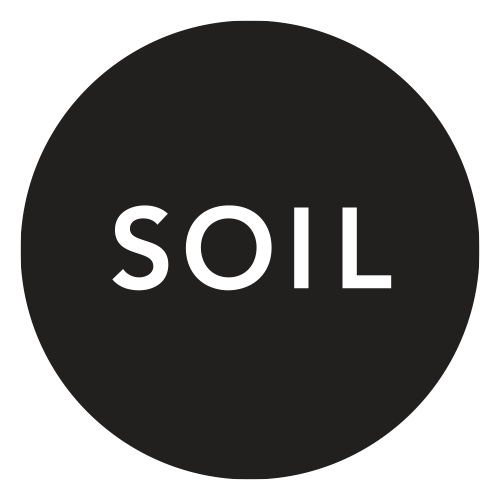December 2015 / A Sword in the Eelgrass
Amjad Faur
Hunting a God
2015
Pigment print
Preston Graves
eelgrass
2014
Ink and wax in paper
22.5″ x 24.5″
Amjad Faur
Preston Graves
A Sword in the Eelgrass
December 03 – January 02, 2015
Reception / Thursday, December 03, 6–8pm
A Sword in the Eelgrass brings together the photographs of Amjad Faur and the drawings of Preston Graves in a formal exploration of themes including natural history, monsters, image creation and destruction.
Preston Graves /
I think of my drawings as being one part natural history illustration and one part set design for a monster movie. Textures, patterns and growth habits of biological curiosities I investigate on frequent trips to damp forests and rocky shores become the spires and hollows that build the landscapes in my work. Eerily luminescent forms undulate slowly, calmly and uncertain meetings of edges alternately lurch forward becoming volume and lean back into a place. Marks are form, derived from observed attributes of chitons, fungus or sea slugs, conflated into ridges and peaks; a sort of bloated terrain to explore and situate oneself in. I’m interested in the Romantic notion of an untamed nature that is full of mystery.
I spend time thinking about Titian’s painting of St. Margaret and the Dragon. Emerging from a place of darkness, indecipherably shifting between water’s edge and a writhing, scaled mass with rows of sharp, bright teeth we find ourselves.
Amjad Faur /
Mosul, Nineveh, Palmyra. For the past year, I have been moved and disturbed by the iconoclasm wrought upon Iraq and Syria by al-Dawla as-Islamiya, or ISIS. The peculiar and bizarre cycle set in motion by ISIS producing images of themselves destroying images has truly confounded me. They simultaneously reanimated ancient Sumerian deities, dragging their names and forms from slumber to an agonized international visibility. This tangled process of erasure and resurrection compelled me to explore these themes through my process of constructed tableaus.
In turn, I decided to make a series of images that drew upon the rank despair I felt at watching a Lamassu torn to pieces by men possessed with some devotional fury, as if I were watching such cruelty unleashed upon a confused animal.
Duration and disintegration run deep in these photographs. I wanted to produce photographs that bore a creeping reluctance to be faithful in their mechanical reproduction. I shot these photos on old film that had been severely damaged by heat and time, curious about the tenuous promise of the photographic record and its own physical liabilities. While these images are deeply informed by destruction and loss, they are also inspired by the monumental formalism of Classical antiquity and painting, betraying a stubborn adoration on my part of the dangerous images ISIS seeks to destroy (or sell). These photographs are also an expression of the excitement I feel in looking at Preston’s drawings. I can say without hesitation that I made these images with the gloaming of Preston’s work hovering above me like a black cloud, inspiring me to make work with the level of intuition and dark honesty I see in his drawings and paintings.
H.P. Lovecraft once described chaos as something that crawls. If there is a sentiment more apt to describe my approach to these images, I am unaware of it.
…
Preston Graves currently works in Seattle, WA as an art handler. He has maintained a collection of carnivorous plants for over twelve years and spends a fair amount of time crawling on the ground, examining small creatures and bits of flora. For the past year, Graves has been making large scale drawings with ink and wax on paper, exploring romantic notions of nature as mysterious and vast.
Amjad Faur currently teaches photography and visual arts at The Evergreen State College, in Olympia, Washington. He came to Evergreen from the University of Arkansas, where he primarily taught art history and critical theory. His current research involves the overlapping visual languages of colonial Europe in the Middle East and the tropes/signifiers scattered throughout Western art history that harmonize with these expansionist tendencies.
